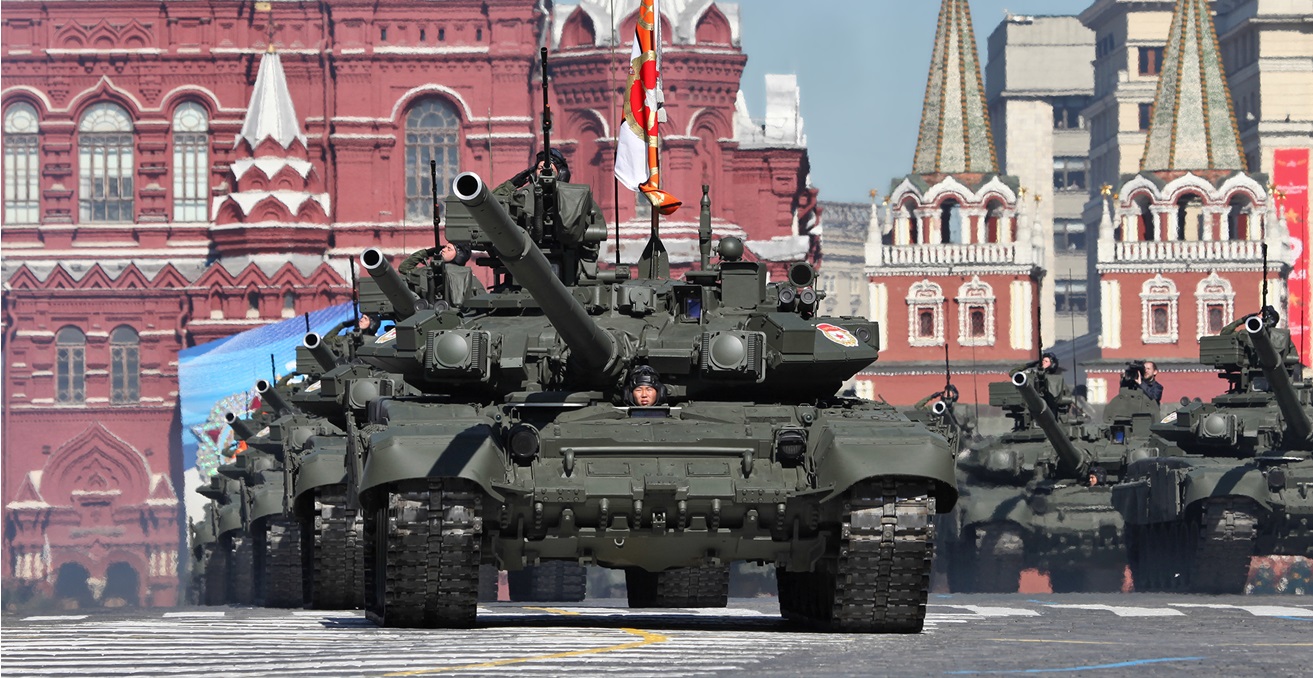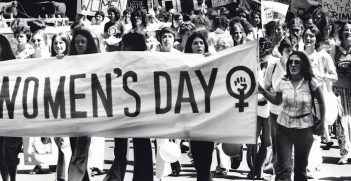The Sights of War in Europe: Russia and the Challenges of Mobilisation

In this week’s series on geopolitics, editor at large Colin Chapman discusses Russian military resilience and the threat in Europe of another war. Meanwhile in Gaza, peace talks have failed.
As the forlorn and fruitless war in Ukraine enters its third year, it serves as a salutary reminder that wars are all too easy to start but incredibly difficult and expensive to end. The struggle in Ukraine is forlorn because it is going to continue for a long, long time; the so-called Special Military Operation started by Russia’s president Vladimir Putin just over two years ago is fruitless because although they might succeed in occupying Ukraine, they cannot control it given the level of resistance it would face from Ukrainians and the sheer size of the country, despite the huge sums spent on re-armament and resourcing the military.
Much the same can be said about the attempts to end the bloody conflict that has brought Gaza to its knees, with the death of 30,000 Palestinians and the total collapse of its health and other vital services. High ranking officials and military folk from Europe and the United States under the guidance of Qatar spent a very expensive fortnight in Cairo’s top hotels and watering holes last month at the invitation of President Abdel Fattah el-Sisi of Egypt, trying to thrash out a peace settlement which boiled down to a failed attempt to persuade Israel’s hardline prime minister, Benjamin Netanyahu, to restrain, curtail or postpone his military bombardment of Gaza. It failed and the whole show moved in recent days to Paris with American President Joe Biden predicting a possible cessation of hostilities, the only problem being that Hamas claimed they had not been a party to the talks.
Sadly, these events serve to bring back memories of my days as a young child in London during World War II. Most of my life has been spent living happily in Europe and Australia, forgetting about those days when my mother struggled to put food on the table because of rationing. I recall the night that my dad and I stood in the garden watching the German planes (we called them Doodlebugs) approach our house, their taillights bright in the clear sky and their sinister shape lit by anti-aircraft fire. We knew that when the taillight went out it was time to descend into the underground shelter. Cold, damp, and lit by candles, it was our refuge for the night as the bombs came crashing down, ripping the roof off our house and completely destroying the one next door, killing my best friend. Such memories come back into sharp focus when you realise that war enveloping Europe is now a real possibility.
This week leaders of the European Union are meeting to try and work out whether they can rustle up enough shells, other weapons, and finance to reinforce Ukraine’s efforts to fight off Putin’s surge. They are doing this in an atmosphere where most countries have already lifted defence spending and are rapidly expanding arms manufacture. However, they do so with the realisation that the two percent of gross domestic product that is the target for NATO members, will be nowhere near enough to guard against a Russia that is spending over seven percent of GDP annually. One of the big problems, rather than money, is manpower. Just finding the men and women to join the armed forces of Europe has never been easy and it is becoming much more difficult in Ukraine and elsewhere.
The London based think-tank the International Institute of Strategic Studies (IISS) reported in The Military Balance 2024, that the number of combat battalions in Europe had barely increased since 2015 (France and Germany each added just one) or had even fallen (in Britain by five battalions). Although Russia has lost over 2,900 main battle tanks since launching its full-scale war on Ukraine, Moscow has been able to trade quality for quantity by pulling thousands of older tanks out of storage at a rate that may, at times, have reached 90 tanks per month, according to the IISS report. Russia’s stored equipment inventories mean Moscow could potentially sustain around three more years of heavy losses and replenish tanks from stocks, even if at lower technical standard, irrespective of its ability to produce new equipment.
It is not that we expect Putin and his arsenal of resources to start rolling across the Great European Plain any time soon, but there is a very real expectation that the growth of his army and the expansion of arms production will lead him to an attack on a smaller European nation, such as Estonia, within five years. Estonia’s latest annual intelligence report is explicit: “We can expect that within the next decade, NATO will face a Soviet-style mass army.” The threat is not just a Russian invasion, but attacks and provocations which might test the limits of Article 5, NATO’s mutual-defence clause.
Apart from worrying whether they can afford to defend Europe, the Europeans have another deep concern. Much of the world believes that by the end of the year the United States will turn to Donald J. Trump for a second term as US president and that if he and the Republican Party are elected the United States of America will turn its back on Europe. Can Europe exist without the security umbrella of the US? That is the question being asked in almost every salon in Europe, even if it is not being widely debated in the media or among the general public. But politicians from London to Stockholm and from Prague to Madrid are alarmed. It is only a matter of time before this becomes the consuming political issue.
Colin Chapman FAIIA is a writer, broadcaster, public speaker, who specialises in geopolitics, international economics, and global media issues. He is a former president of AIIA NSW and was appointed a fellow of the AIIA in 2017. Colin is editor at large with Australian Outlook.
This article is published under a Creative Commons License and may be republished with attribution.





